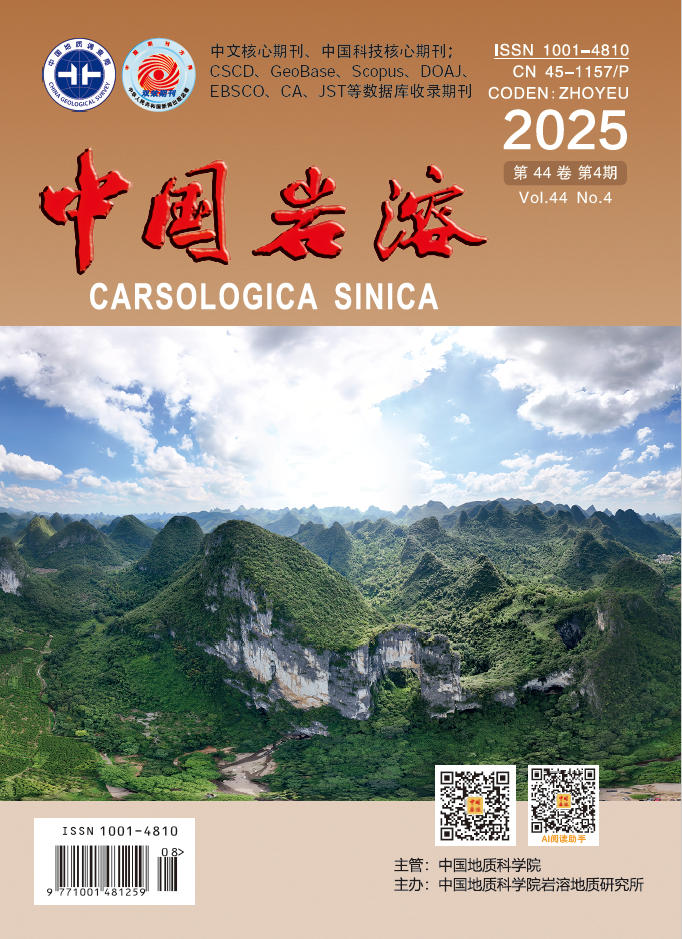Abstract:
Depending on many years practical experience and massive related literature, the concept of fenglin karst was discussed systematically in this article including its origination, nomenclature, brief study history and research situation, as well as its identification standard and formative condition; a new concept of “karst developed system” was put forwarded, and it was suggested that “the individual shape combination” should be deepened by this new concept; and finally the content and research process of the concept of fenglin karst contemporaneous system evolution was discussed regarding to Davis landform cycle theory. The basic concept of fenglin and fengcong was first described by Xu Xiake, the famous traveler of Ming Dynasty, when he investigated the Guangxi Karst 372 years ago (in 1587), and then named officially by Prof. Zeng Zhaoxuan, the renowned geographer in China in 1952. The concept was used widely in the academic circle since the 1970s, but this terminology is not very preciseness so far. Therefore, analyzing the basic condition of karst formative system, the author proposed a new idea to identify fenglin and fengcong by their formation feature, formative condition, hydrogeological attribution and distribution as well as karst developed system. However, all things in the world exist systematically, and so does the karst formation and phenomenon; and the author suggested that the subjective consciousness of “individual shape combination” should be deepened by the objective concept of “karst developed system” (including unit system, confined system and macroscopic regional system and so on), in accordance with the analyzing and understanding method of karst landform relations and the basic features of karst types by means of “the karst individual shape combination” in vogue in China. In addition, it is worth paying attention that the relation between fenglin and fengcong karst as well as their evolution in China at present are still understood taking the Davis landform cycle theory as the leadership. A new concept of “contemporaneous system evolution of fenglin karst system” was proposed according to author’s research of typical fenglin karst in Guilin. The new concept was first thought in 1980, exposed in 1988, and put forwarded comprehensively in 1991, and published in the book of China Karst in 1994. The theory of contemporaneous system evolution believed that fenglin and fengcong have their own unique developed condition respectively. Mostly, the two developed in different space and region and had differential result because of the different karst energy (mainly rainfall) way (infiltration, overland flow), the effect (strong, weak) and the affect (fenglin or fengcong), and the two usually have developing system relations. Therefore, the young and old of fenglin and fengcong landforms display merely in the formation instead of in physical age.






